What should the garden of the 21st century be like?
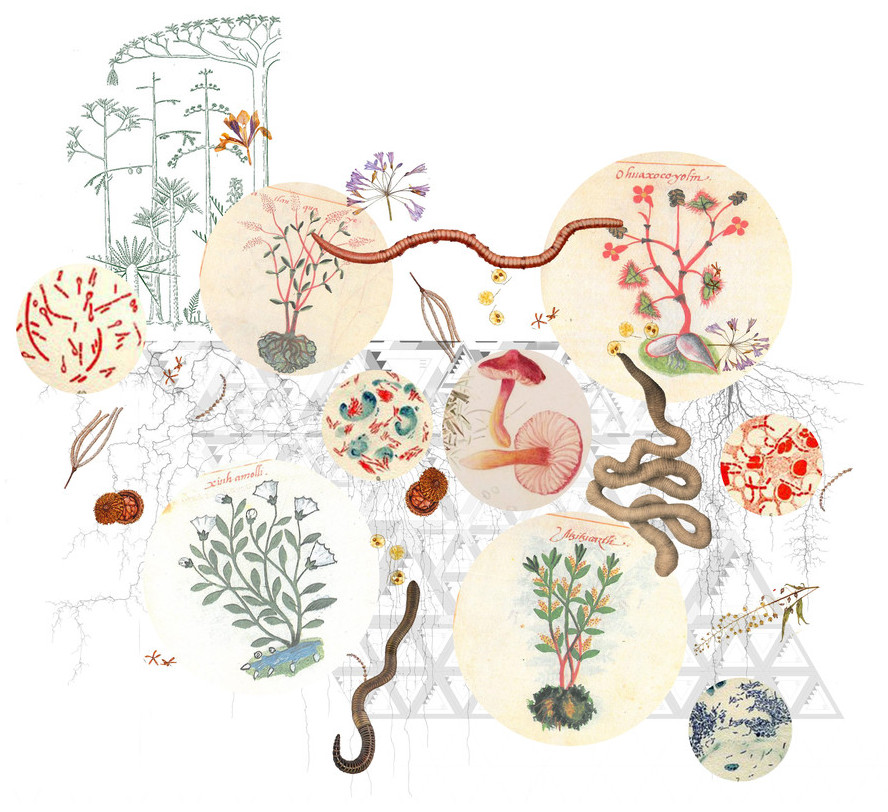
Doctors Can Prescribe Year-Long Pass To Canada’s National Parks

Health care professionals in four Canadian provinces can now prescribe time in the national park system to boost people’s mental and physical health. Parks Canada is collaborating with a program called Park Prescriptions (PaRx). Doctors, nurses and other licensed health care professionals who register with the program can prescribe nature — and even a Parks Canada Discovery Pass — to their patients.

“Medical research now clearly shows the positive health benefits of connecting with nature,” Steven Guilbeault, Minister of Environment and Climate Change and Minister responsible for Parks Canada, said in a written statement. “This exciting collaboration with PaRx is a breakthrough for how we treat mental and physical health challenges, and couldn’t come at a better time as we continue to grapple with the impacts of the COVID-19 pandemic on our daily lives.”
Knowledge how to practically cultivate and connect with nature is of great importance.
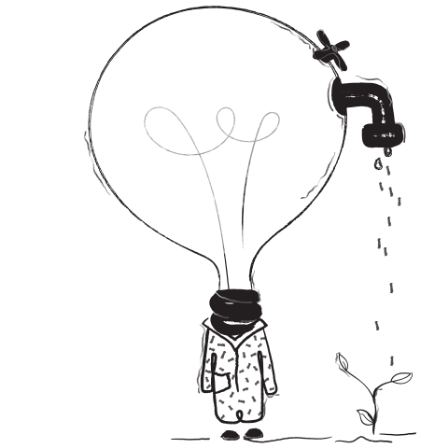
“The destruction will stop when we relate to nature differently” - Raimon Pannikar

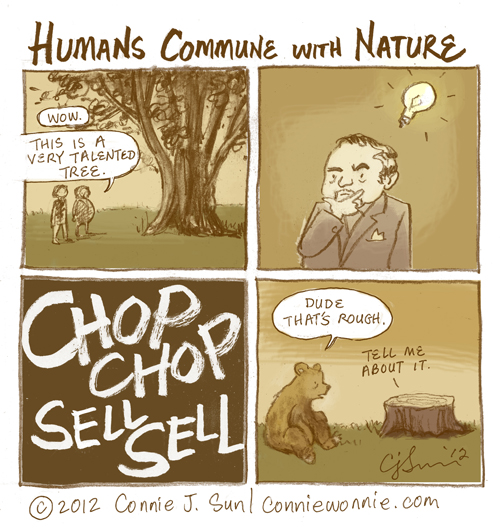

Dig Into an Enormous Archive of Drawings Unveiling the Complex Root Systems of 1,180 Plants
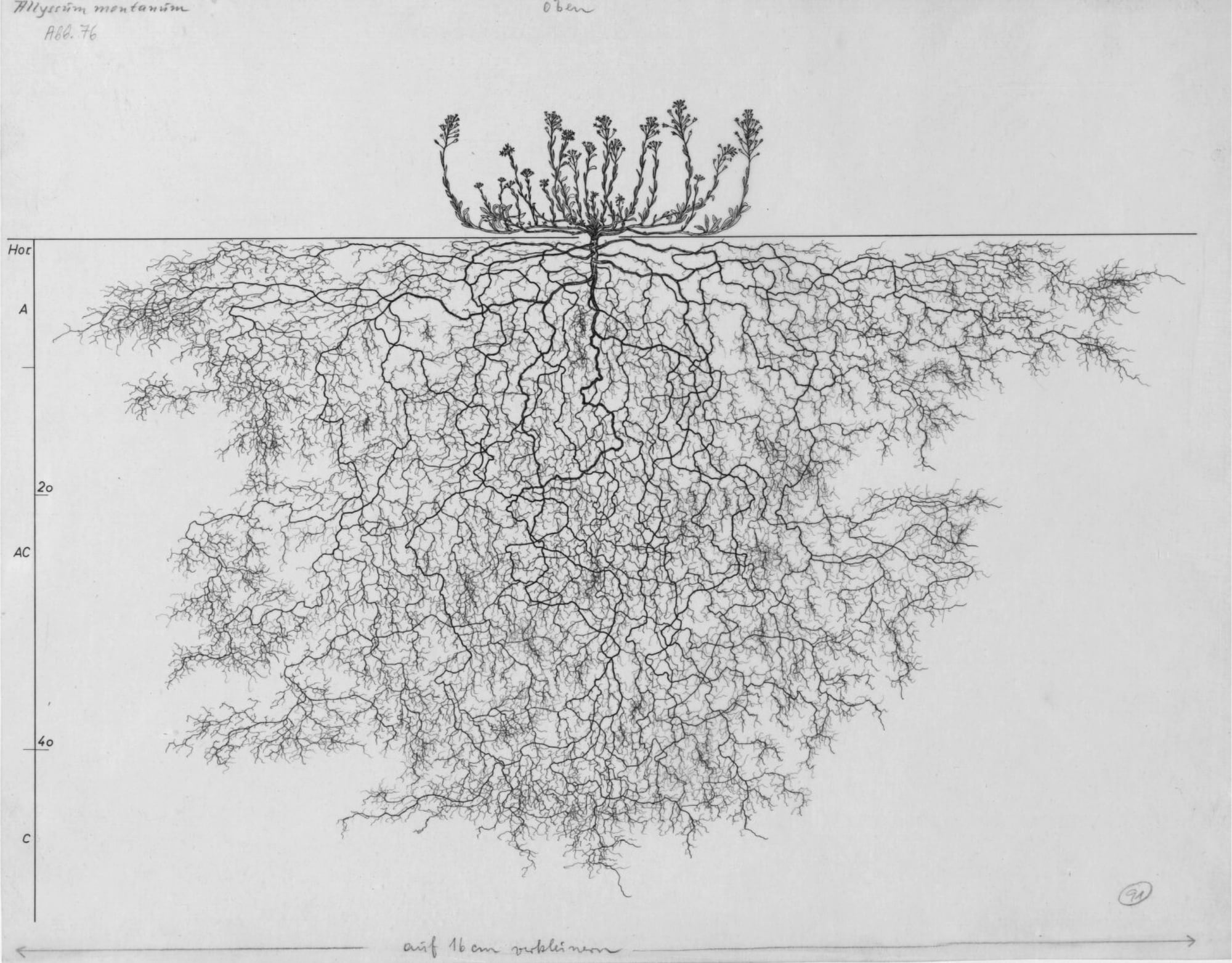
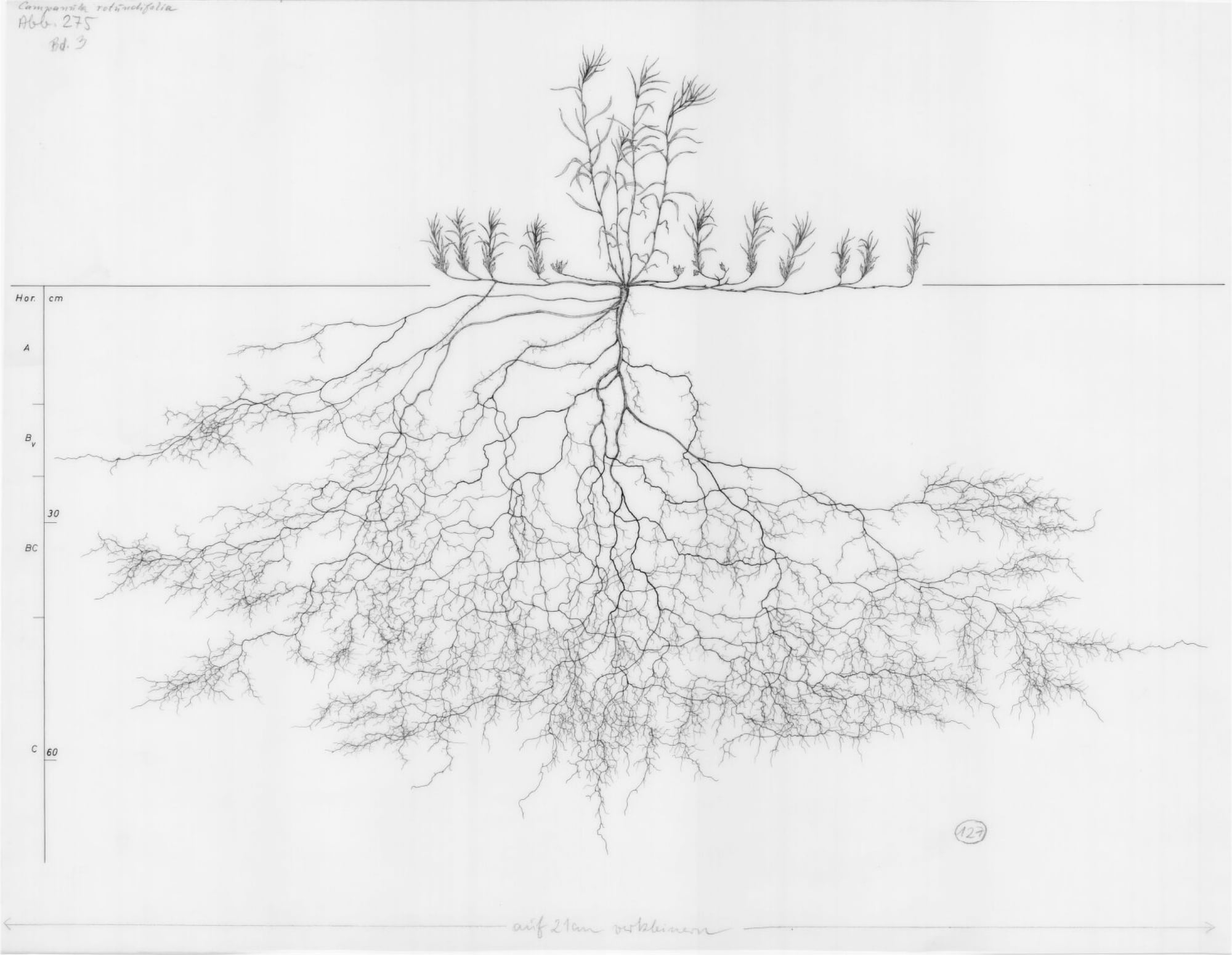
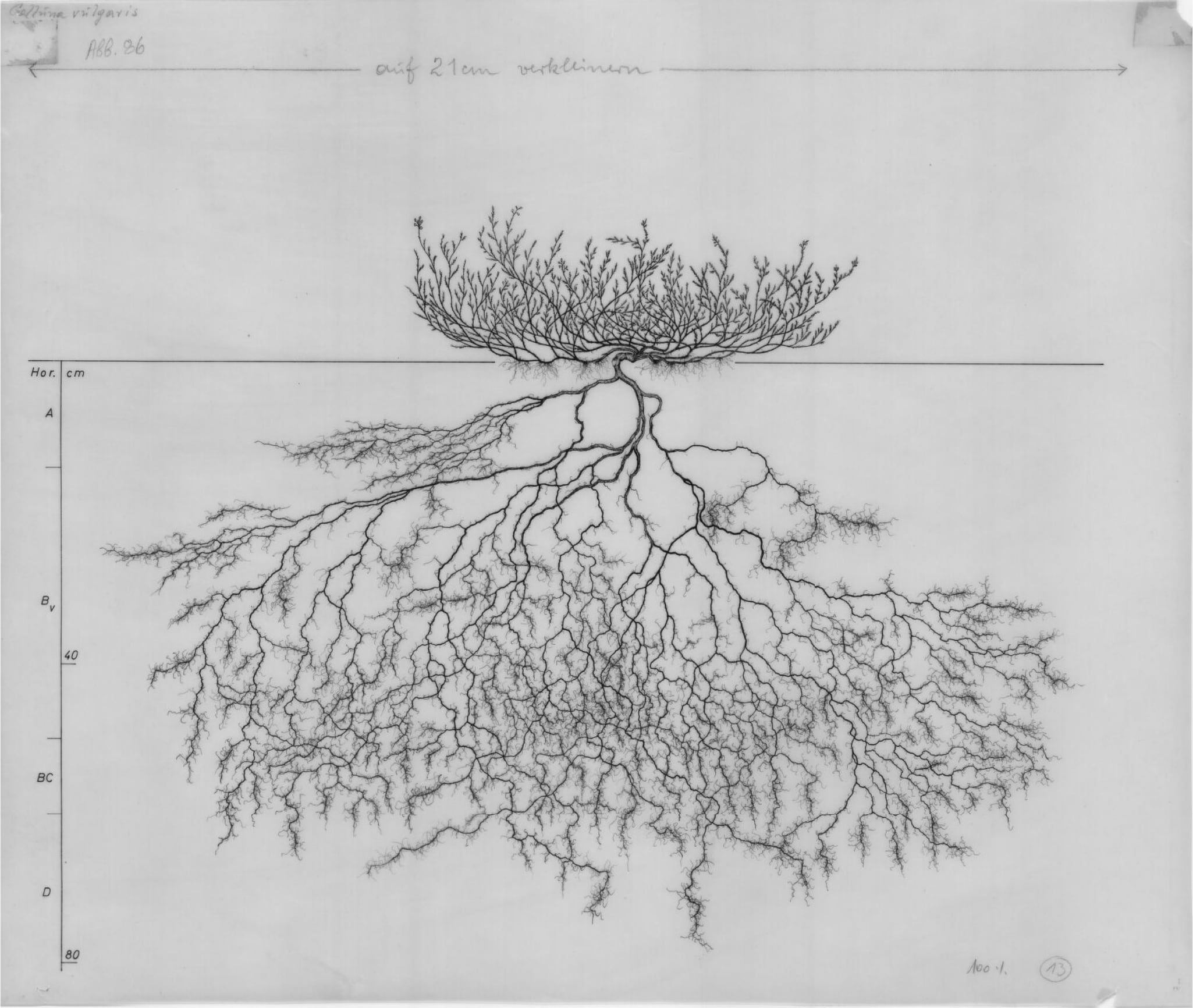
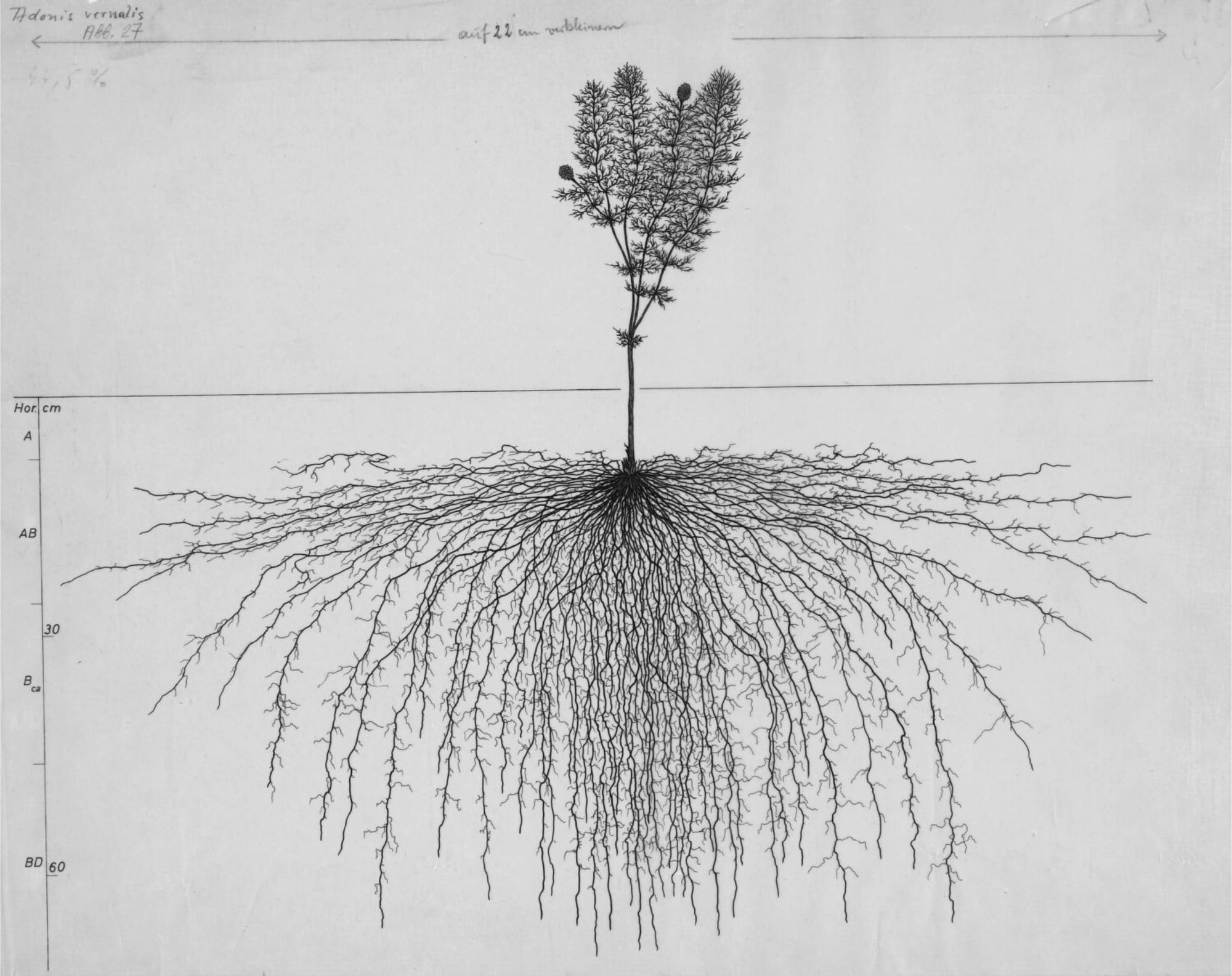
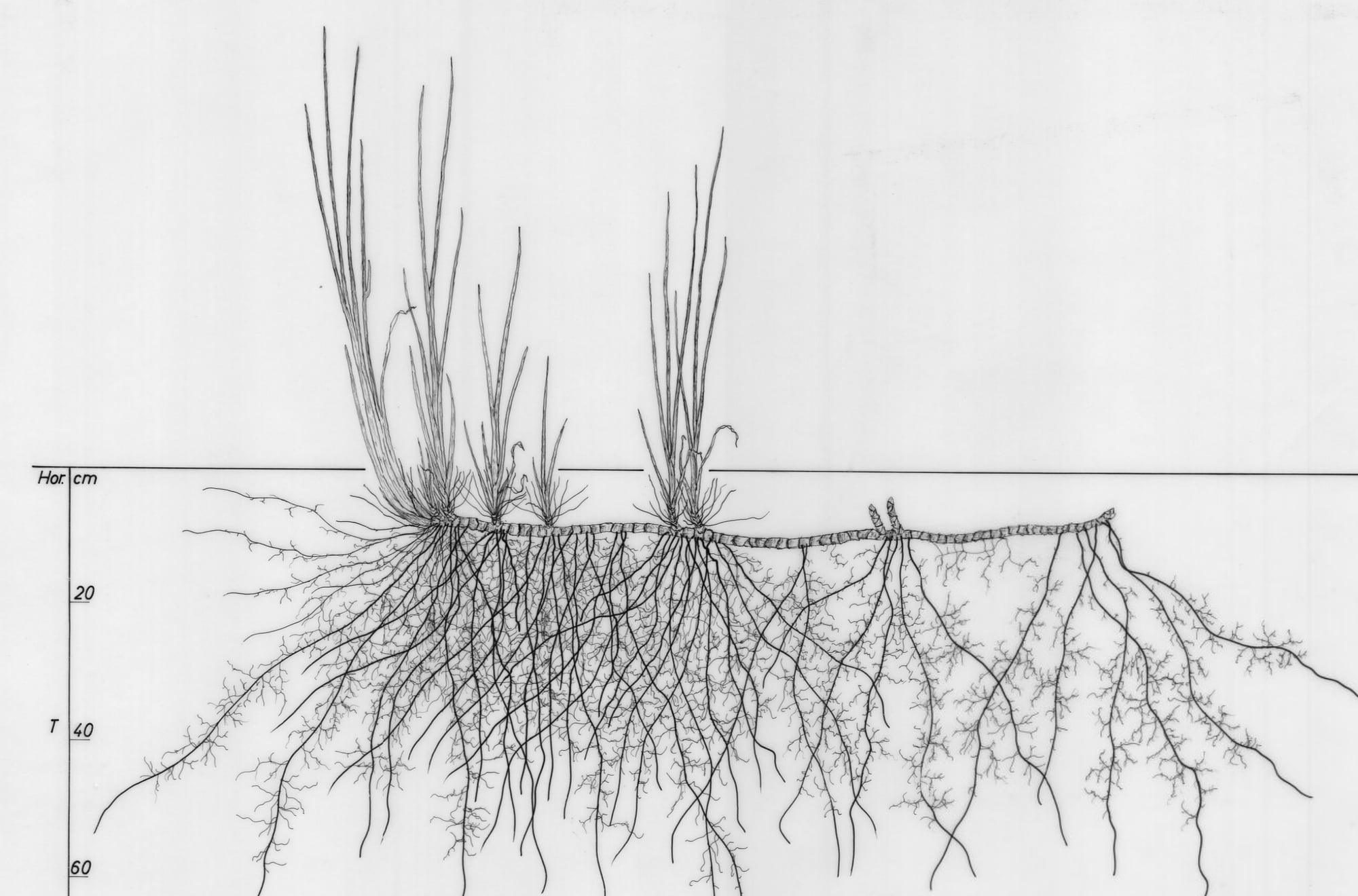
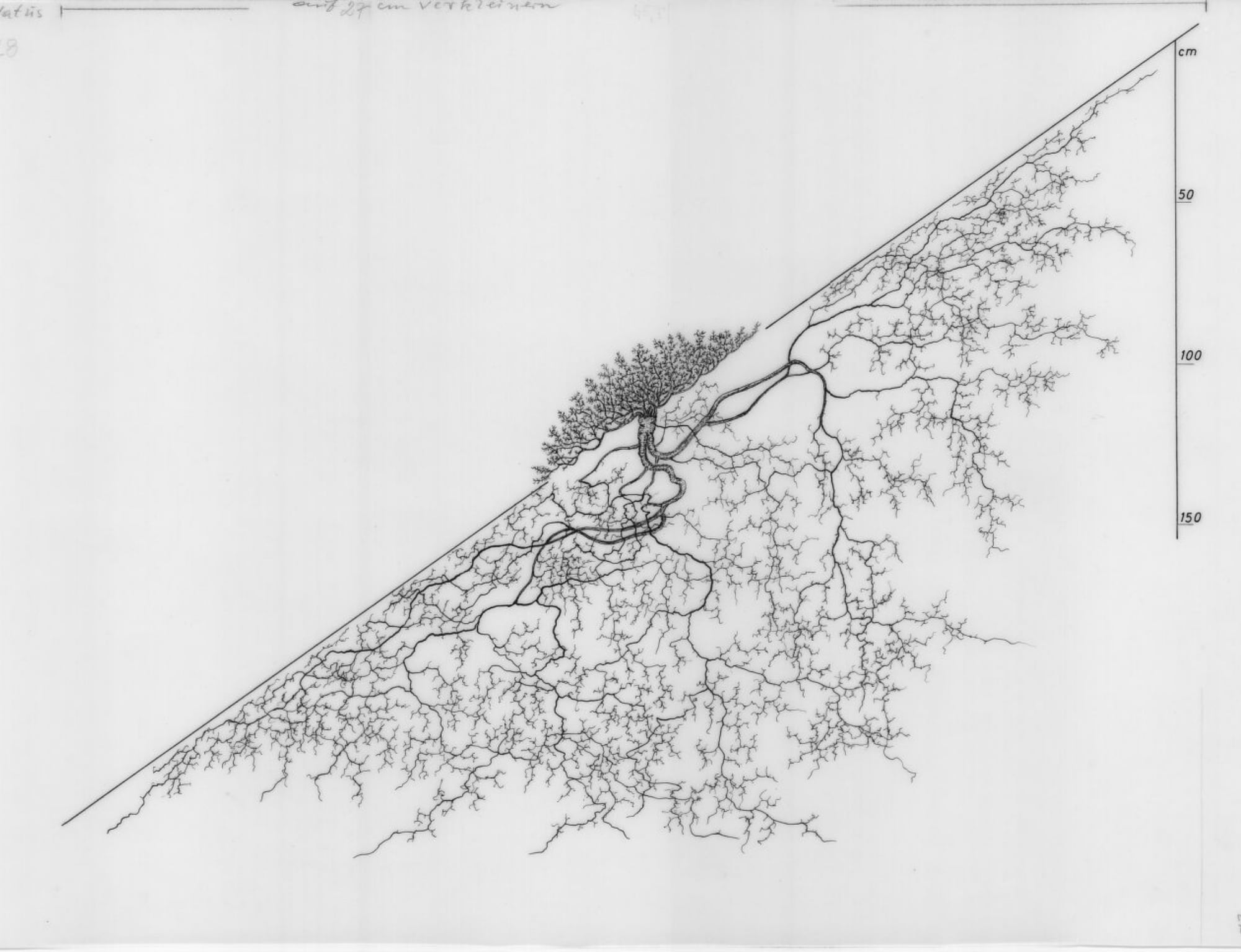
It’s generally understood that terrestrial plant life evolved from algae, one key to its successful adaptation being roots that sprawled underground to absorb important nutrients and water. Billions of years later, the fibrous networks are essential to life across the planet as they ensure the growth and health of individual specimens, help prevent erosion, and capture carbon from the air.
A collaborative project of the late botanists Erwin Lichtenegger and Lore Kutschera celebrates the power and beauty of these otherwise hidden systems through detailed drawings of agricultural crops, shrubs, trees, and weeds. Digitized by the Wageningen University & Research, the extensive archive is the culmination of 40 years of research in Austria that involved cultivating and carefully retrieving developed plant life from the soil for study. It now boasts more than 1,000 renderings of the winding, spindly roots, some of which branch multiple feet wide.
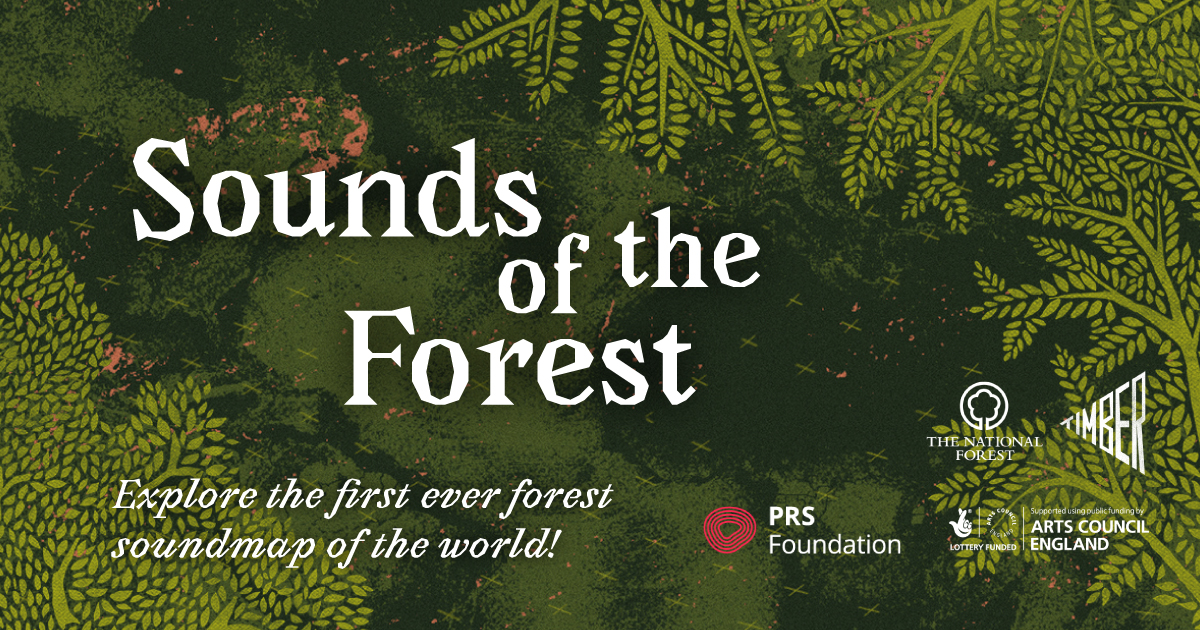
We are collecting the sounds of woodlands and forests from all around the world, creating a growing soundmap bringing together aural tones and textures from the world’s woodlands. The sounds form an open source library, to be used by anyone to listen to and create from. Selected artists will be responding to the sounds that are gathered, creating music, audio, artwork or something else incredible.
Researchers regrow frog's lost leg
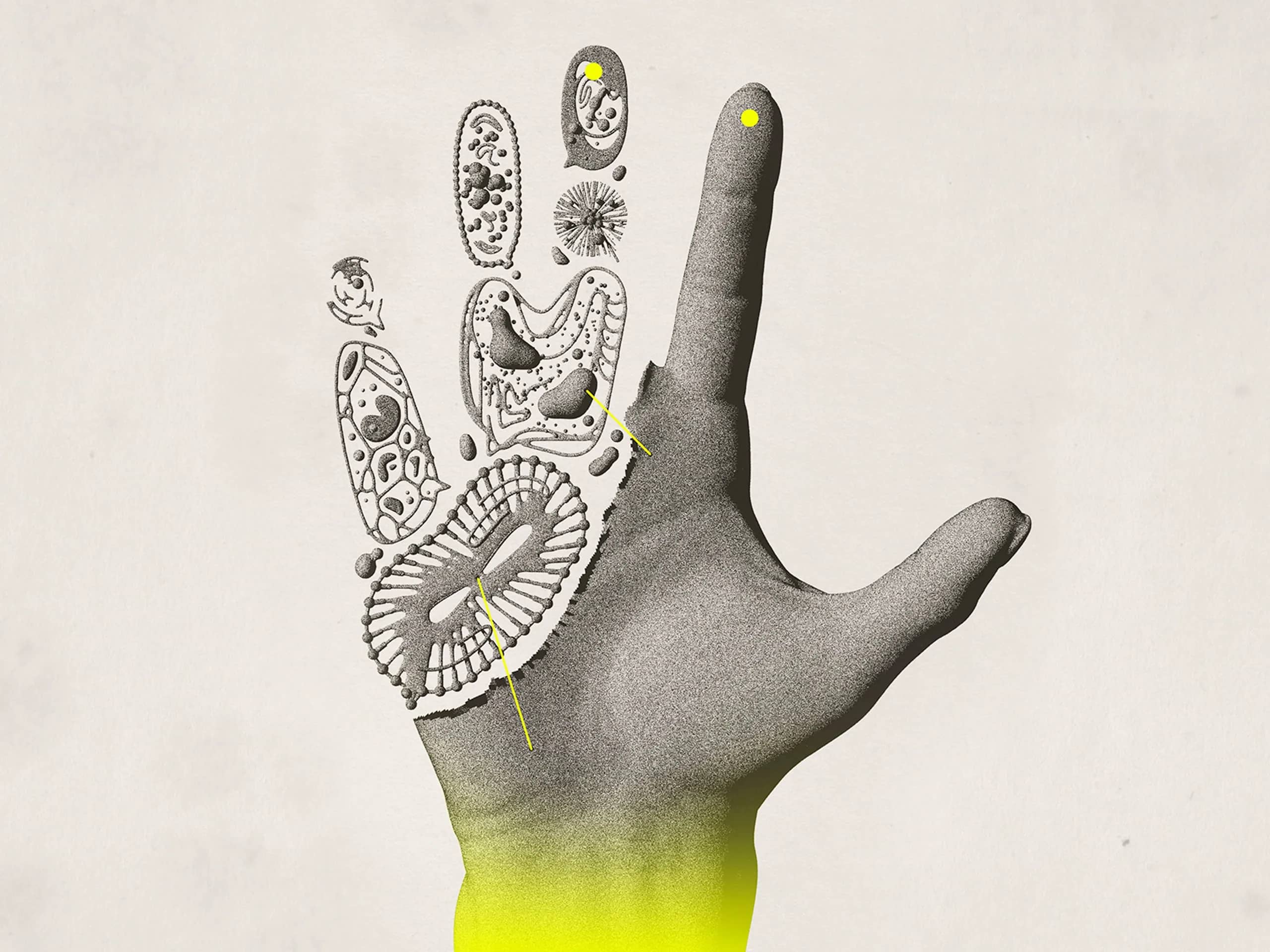
In a study published in the journal Science Advances, scientists at Tufts University and Harvard University's Wyss Institute have brought us a step closer to the goal of regenerative medicine. On adult frogs, which are naturally unable to regenerate limbs, the researchers were able to trigger regrowth of a lost leg using a five-drug cocktail applied in a silicone wearable bioreactor dome that seals in the elixir over the stump for just 24 hours. That brief treatment sets in motion an 18-month period of regrowth that restores a functional leg.
"Garbage in, Garbage out" is a widespread notion in (Data) Science, Academia & Industry. It is an example of the limits of mechanical thinking, as they are missing an important concept: Composting.
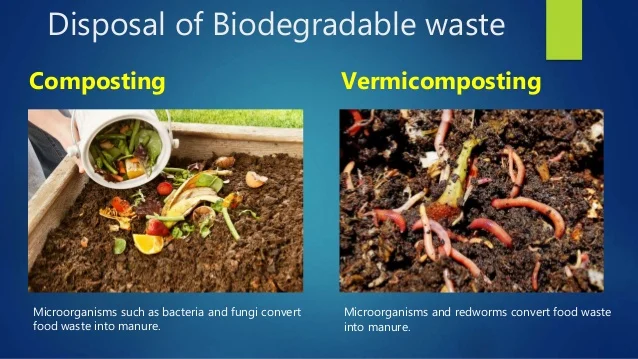
Kombucha cultures make excellent sustainable water filters, study finds - SCOBY-based membranes are more effective than commercial ones at preventing biofilms.


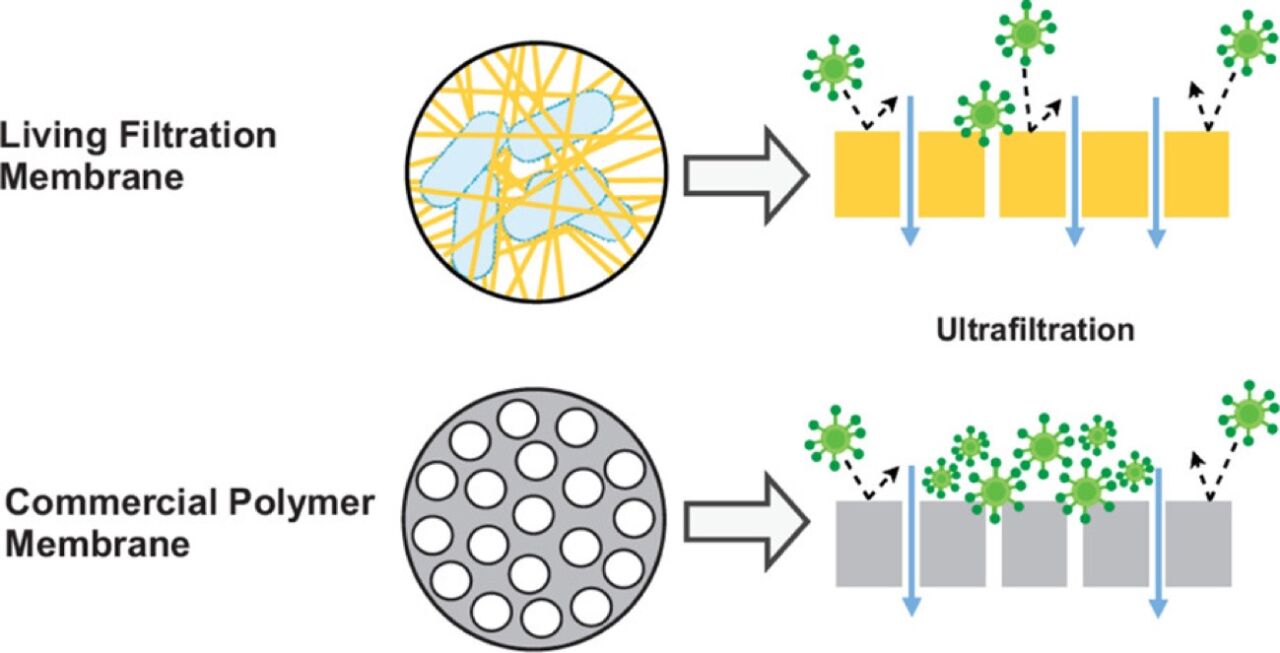
Chinese tomb reveals ancient staple taste for cannabis: study
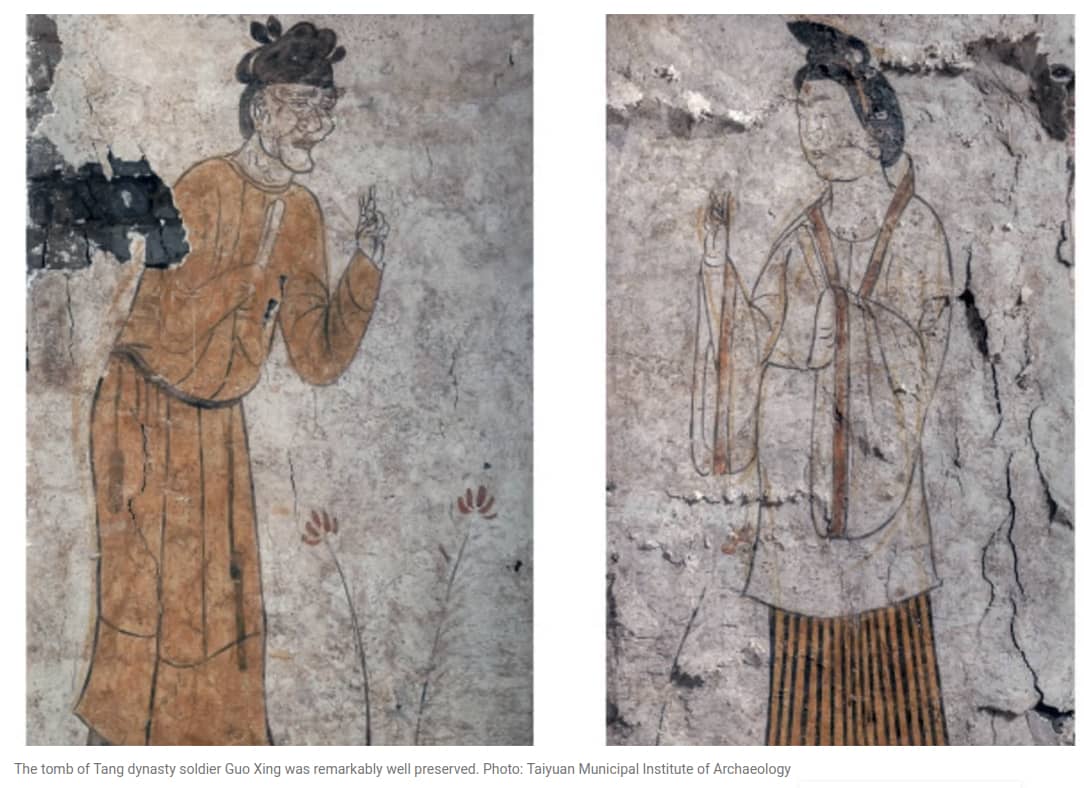
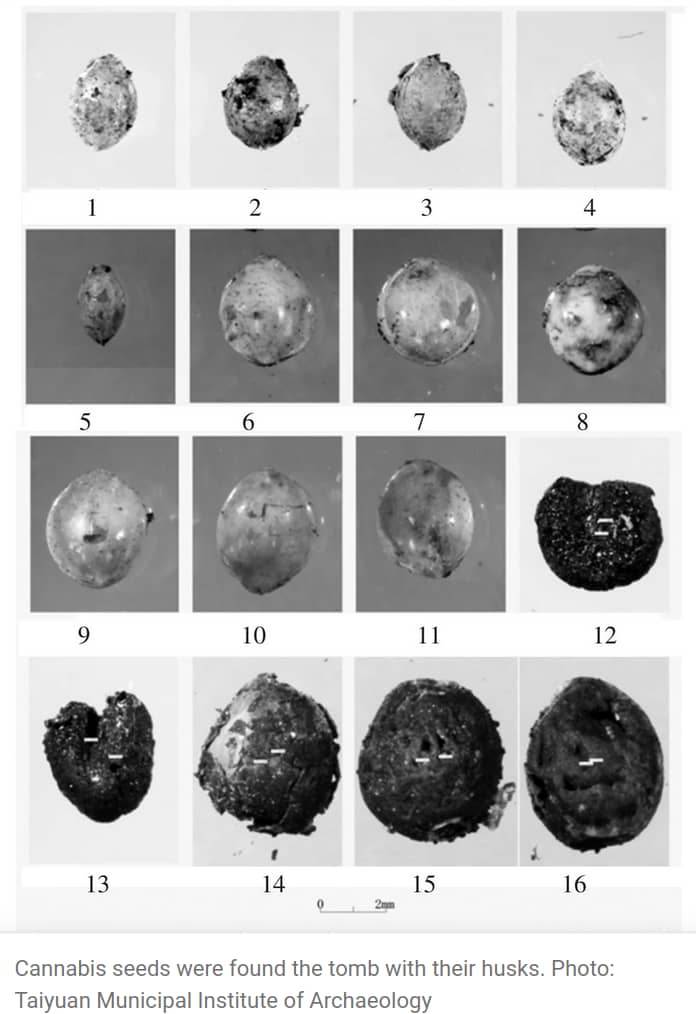
The accidental discovery of a Tang dynasty soldier’s resting place unearthed signs of the plant as an important food crop, researchers say. The presence of seeds also pointed to cannabis as more than a source of nutrition
The legalisation of “recreational marijuana” in other countries “greatly increases the opportunities for our citizens to come into contact with and use marijuana products out of curiosity”, said Hu and his colleagues in a paper published in the Journal of Criminal Investigation Police University of China last month. While the global cultivation of cannabis plants has shrunk by more than 90 per cent since the 1960s, the plantation area in China – mostly for hemp fibre – has increased more than 30 per cent in just a year to 24,400 hectares (60,300 acres) by the end of 2019, according to the government data. The use of new cultivation technology also increased productivity by more than three times to 5.2 tonnes per in the same period.
Cannabis was first domesticated 12,000 years ago in China, researchers find
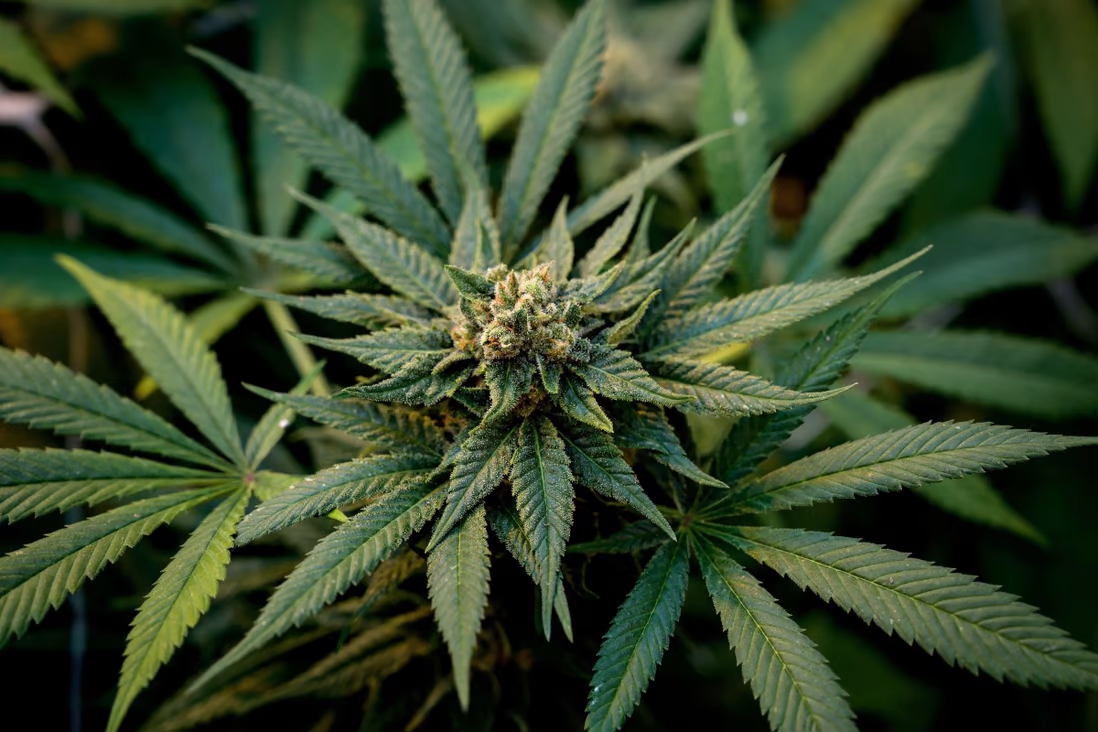
A study in the journal Science Advances reported that ‘cannabis sativa was first domesticated in early Neolithic times in East Asia’. All current hemp and drug cultivars diverged from an ancestral gene pool currently represented by feral plants and landraces in China, the study said.
